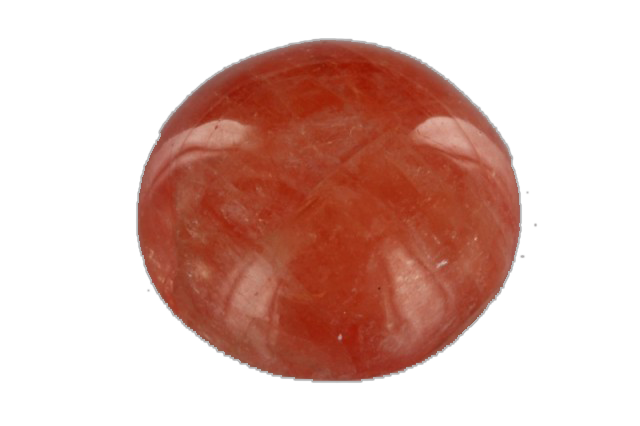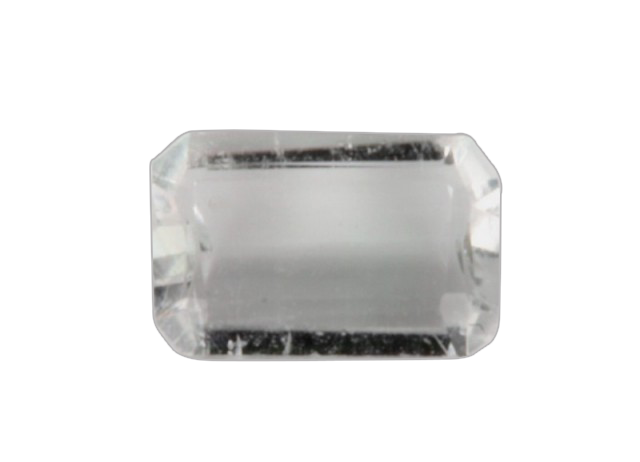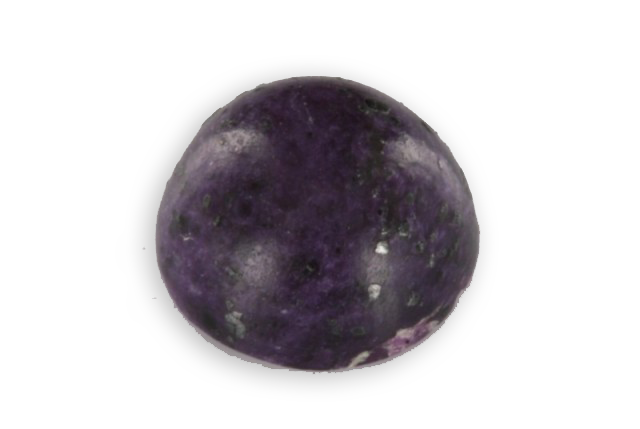
greasy
Je vous emmène à travers mes vidéos découvrir mon expérience acquise depuis plus de 30 ans a silloner le globe entier à la recherche de pierres précieuses, de rencontre mémorables mais aussi de difficulté parfois …
actualités
Categories

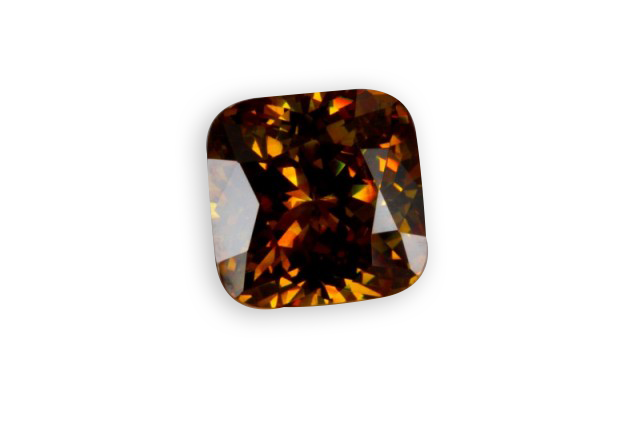
sphalerite
Its name comes from the Greek “sphaleros” meaning traitor, deceitful, because in its black variety it looked like galena but did not release lead during fusion … and because of its brightness was also confused with the diamond. It is the major ore of zinc.
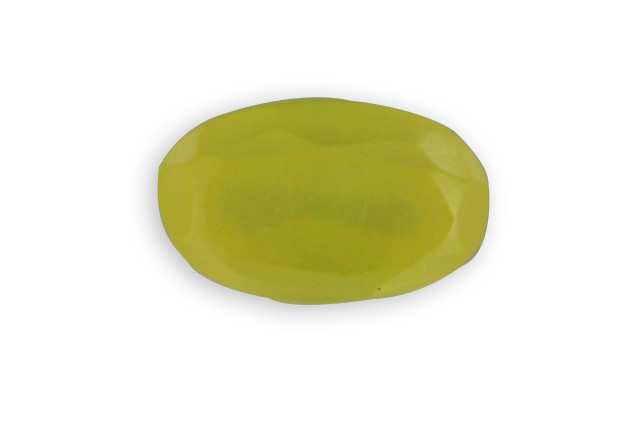
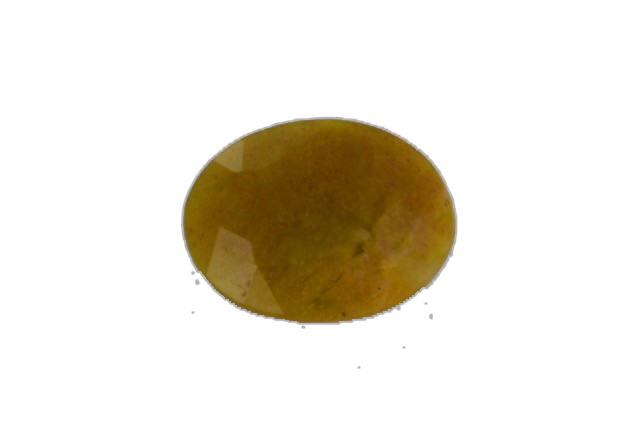
serpentine
Serpentine, or rather the serpentines, is a group of over 20 minerals quite difficult to differentiate the one from the other, the best known of whom are : antigorite, chrysotile and lizardite. These Phyllosilicates are weathering products of magnesium silicates. The Ophite, sometimes called “ophite
